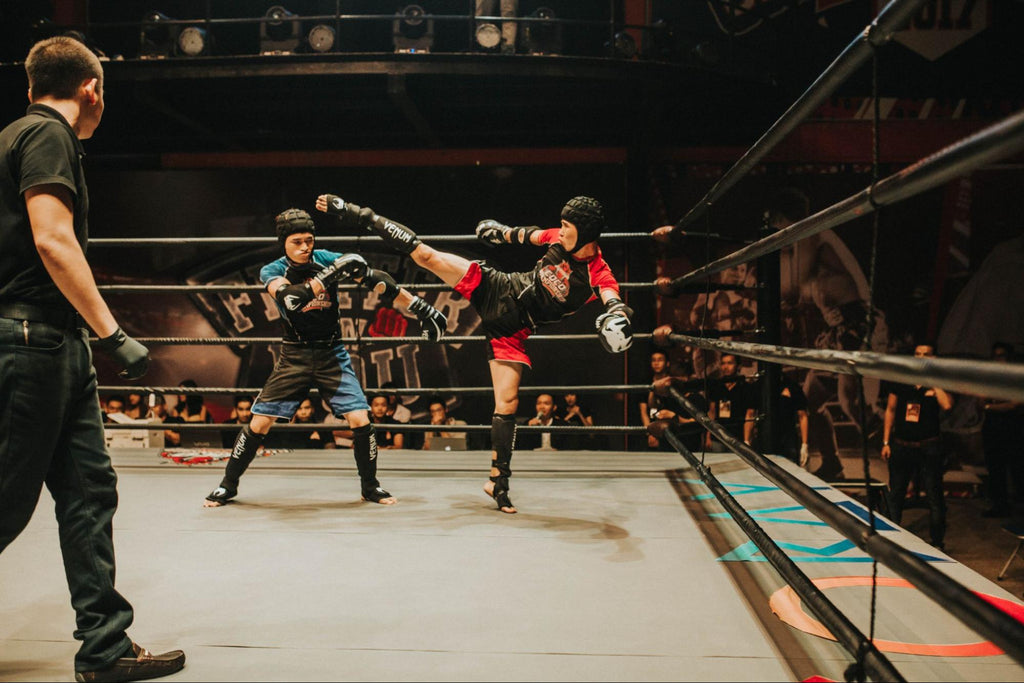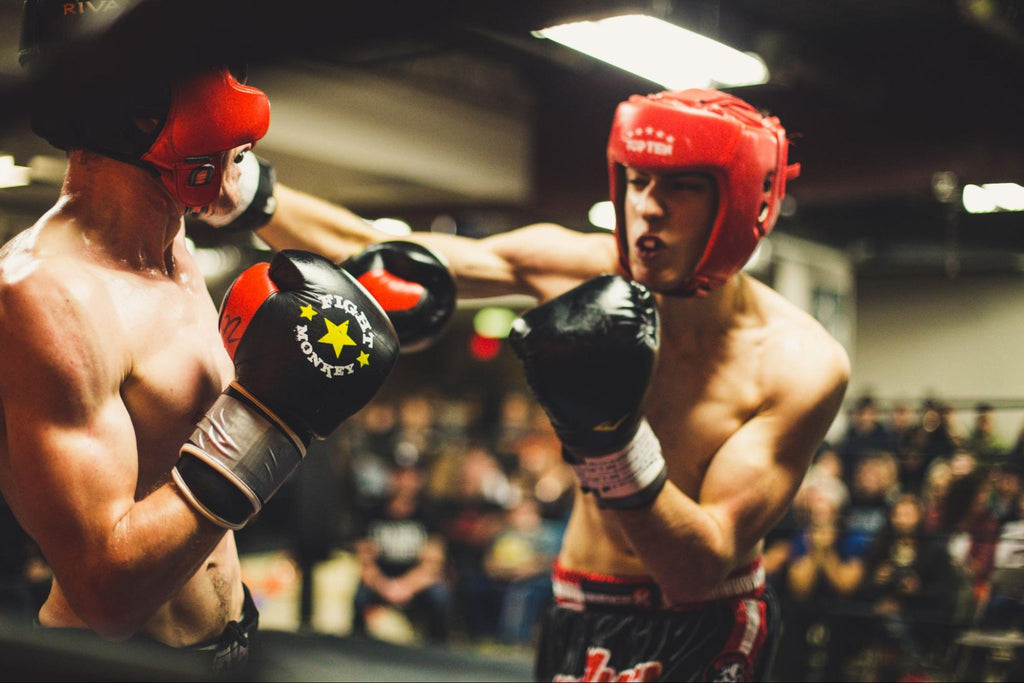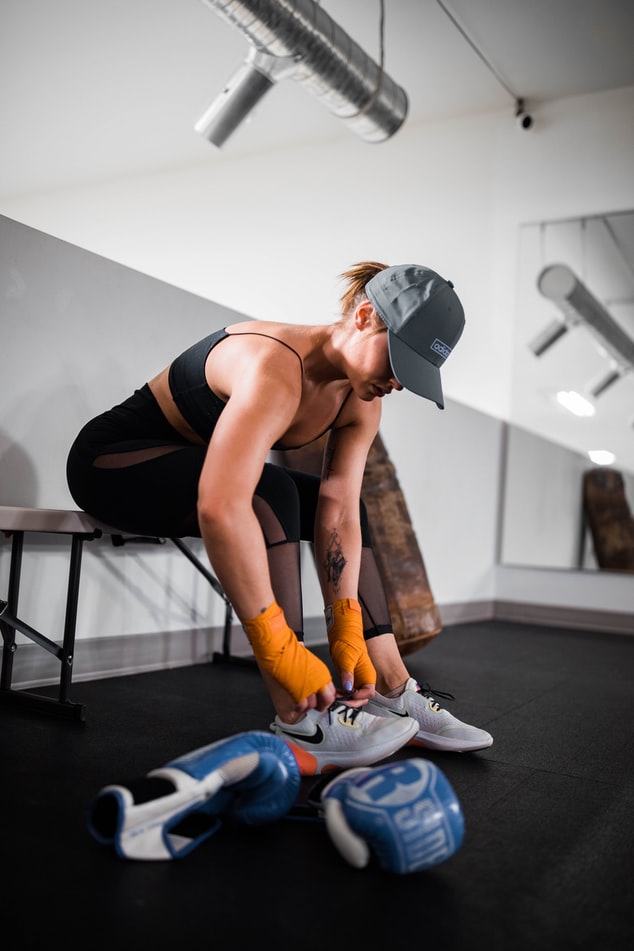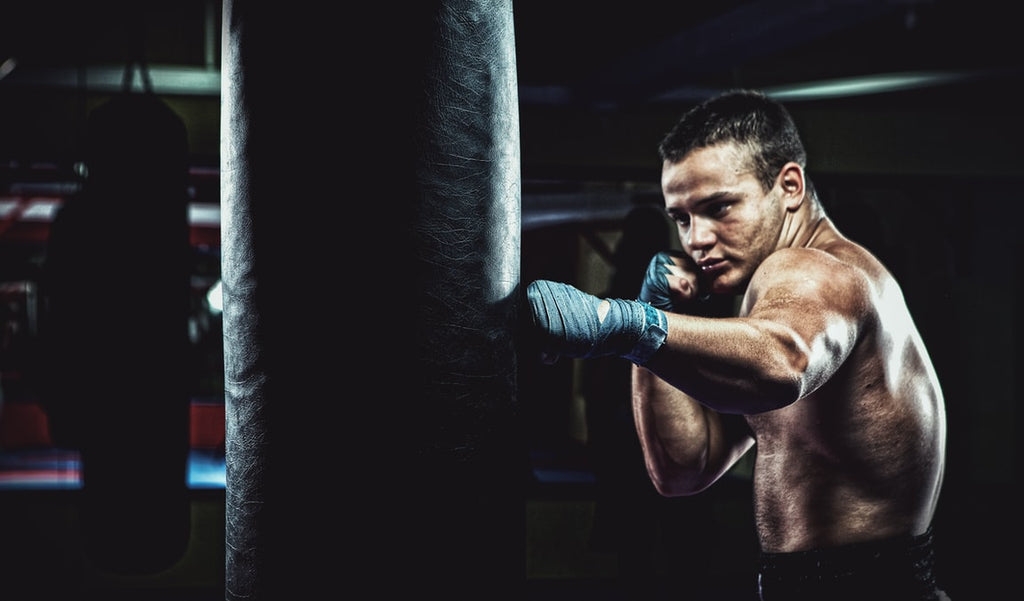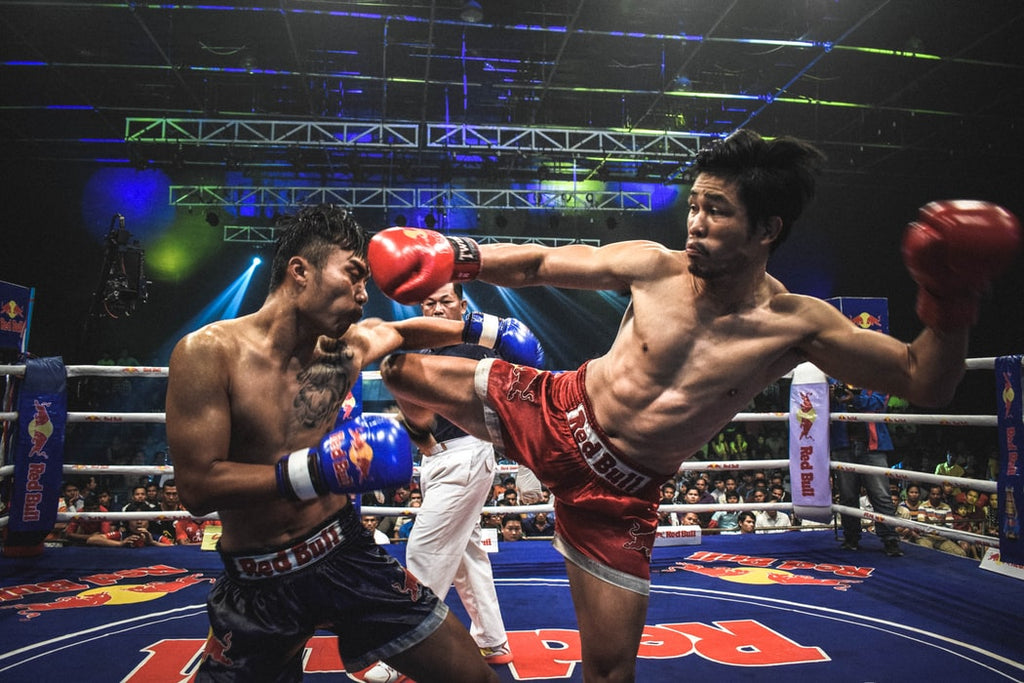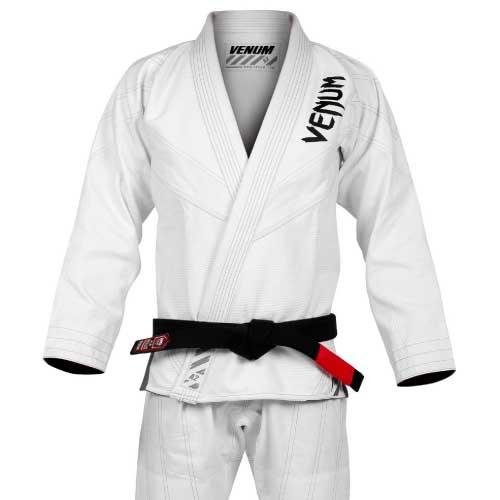
| Maxim Claes
Your Guide on Choosing The Right Jiu Jitsu Gi
It is often hard to decide on a pair of Jiu Jitsu Gi’s, especially considering their price, it's basically an investment. However, the price should be the least of your concerns as other factors like weave types, fit and styles are at the centre of the “Jiu Jitsu starter pack” dilemma!
But don't worry, we got your back! Read on for some of the best tips on how you can choose the right Jiu Jitsu Gi, including some important tips on the placement of your Jiu Jitsu belts and Jiu Jitsu patches.
BJJ Sizing
Compared to other martial arts, BJJ’s Gi sizing is much more complicated. It differentiates sizing between gender and age, for adult male it’s “A”, for female it’s “F”, and for children it varies between “M” and “C”. Some manufacturers have also added the size “L”, which stands for ‘long’, just after the gender and age sizing, like “A2L”. The “L” sizing was designed especially for those tall people in mind.
The easiest way to know the right BJJ Gi size for you is to simply check the brand’s size chart. This is because every brand has a different size chart for their BJJ Gi.
Some brands differentiate sizes between men and women based on the “A” and “F” system combined with a sizing chart based on your weight and height, just like this one from Hooks:

This kind of chart is best suited for those who can typically find their sizes “off the rack”.
However, if you are outside of that group, there are also other brands like Venum which provides a “one size chart for all” (not following the “A” and “F” system) with detailed measurements, such as below:

Besides this, you also need to make sure that you’re looking at the right size chart for the model of the gi, as sometimes brands have different size charts for different gis.
The “Fitted” vs The “Classic” Gi Fit
There are commonly 2 types of fit for BJJ Gis, the “Fitted” and the “Classic”. The two types of fit are usually mentioned in the product name. The “Fitted” Gis are designed for those who are built slimmer or just prefer a tighter fit and is a favorite for those looking to compete as it is harder for opponents to grab onto.
On the other hand, the “Classic” cut is commonly available in most BJJ brands. This cut is designed to accommodate those who want some extra room in their gis. They are typically more loose and come in a variety of weaves and colours.
Pre-Shrunk vs Shrink-to-Fit Gis
The answer is that it depends. This is why you also need to take into account what type of Gi you are buying. Ensure that you research and read into the brand’s Gi description as some BJJ manufacturers produce pre-shrunk gis and other shrink-to-fit.
Pre-shrunk gis just means that if the gi fits you perfectly right out the box, that means you’ve bought the right size and the size will stay the same even after you wash it. Meanwhile you’ll know you’ve bought the right “shrink-to-fit” gis when it still fits you perfectly even after giving it a wash.
Shop: This Venum Gi offers a Pre-Shrunk Gi set
Gi Weaving
The weave of the gi, simply put, determines the weight, rigidity, breathability and durability of the Gi. The thinner the Gi, the easier it is for opponents to grab onto.
Single Weave
This type of weave is the perfect pick for beginners and lightweight students. It’s weight is around 300 - 550 gsm, hence it is naturally more lightweight than the other types of Gi. It is also great for those living in a warmer climate or just for your summer training due to its light and thin make.
However, if you are thinking of an investment piece, the single weave is not a good pick as it will be the first gi to lose its shape.
Double Weave
Double weave is simply a single weave doubled. Its comparably heavier, making it the one of the thickest, most durable, and anti-grappling Gi. Most BJJ fighters prefer this type of weave due to its durability, however, it can be extremely hard to train in during the warmer seasons as it offers a rough feel rather than a breathable fabric.
It is recommended not to use this type of weave in warmer seasons, or for competing in a closed building if you are prone to dehydration.
Gold Weave
Gold weave is comparably light, weighing around 650-1050 gsm. Other than its weight, it is also one of the easiest weaves to shrink due to its lax weaving.
Despite its relatively light weight, it is just as durable as a strong, heavy weave like that of a double weave. Because of its high durability and weight, it is often referred to as the middle ground between a single and a double weave.
Shop: The jacket from the White Venum Classic 2.0 BJJ Gi set features a gold weave.
Pearl Weave
Pearl weave is the most common type of weave used in competition gis because of its lightweight, yet durable make when compared to that of a single weave. It weighs around 450 - 500 gsm.
The weaves are characterized by its raised pearl-looking bumps created by alternating looser wefts with tighter wefts. Because of its tight weave, it is less prone to shrinkage.
Shop: This jacket from the Venum Elite 2.0 Jiu Jitsu Gi set is constructed with the pearl weave.
Ripstop Weave
This type of weave was popularized back in the mid 2000’s and is often used to construct Gi pants and collar. Some manufacturers utilise materials other than cotton or combine cotton with another material, however, this method is not considered legal by the IBJJF organization.
Despite the controversy, it is actually the best in preventing rips and tears from spreading due to its tight weaving. Other than that, it is also the lightest and thinnest material in the current market.
This type of weave is a favorite in competitive Jiu Jitsu Gi due to its ultra lightweight and smooth, slippery feel it gives. And yes, it is also really easy for opponents to grab onto because of how light it is. However, this type of weave turns slippery when wet, which can be beneficial when utilised correctly.
Shop: Most Jiu Jitsu Gi Sets offer pants made out of the ripstop weave like this more affordable Gi set from Ace, or this Gi set from Gameness with a variety of colors.
Collar Fill
The collar construction is also another factor to consider as it is one of the major regions for opponents to grab onto. Because it is often grabbed by opponents, manufacturers have begun to construct collars with a plastic copolymer called EVA, like the one on this Adidas Challenge Adult BJJ Gi. A collar made out of EVA will be tougher and more rigid, making it beneficial in competitions as opponents will struggle to grab onto it.
For light duty Jiu Jitsu Gi wearers and beginners, or just for a simple training session, it is recommended to wear a more comfortable, softer collar made out of cotton, like the one on the Venum Elite 2.0 BJJ Gi set.
Color and Design
Nowadays BJJ Gi manufacturers produce great, high quality Gis with a wide variety of colors and designs, like this blue, military-inspired camo edition Jiu Jitsu Gi. However, when it comes to competitive BJJ, it is important to stick to the IBJJF uniform requirements. As of today, the regulations permit the colors white, royal blue, and black.
Whichever your objective in buying a Jiu Jitsu Gi is, it might be best to stick to the IBJJF regulations by purchasing something like this. On the bright side, by purchasing the two classic colors of white and black, you will find it easier to avoid mismatching with your other gears like your Jiu Jitsu belts and Jiu Jitsu patches.
It is also important to note that the placement of your Jiu Jitsu patches will be of great importance, and if placed outside of the permitted regions, will be removed by inspectors during a Jiu Jitsu competition.
And lastly, although there are many color choices for Jiu Jitsu belts, they are not for fashion purposes. Jiu Jitsu belts are a sign of rank between Jiu Jitsu artists. So you can’t just wear a red Jiu Jitsu belt on your first day of Jiu Jitsu class, you’ve got to earn it!
 »
»

